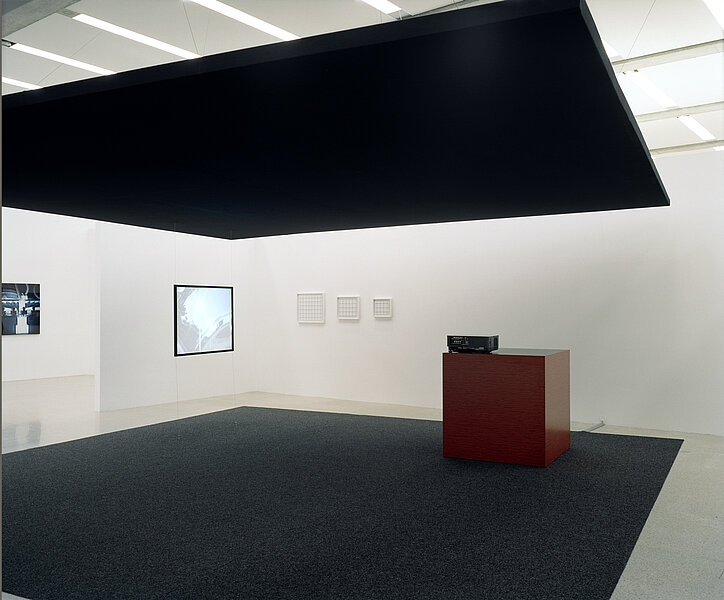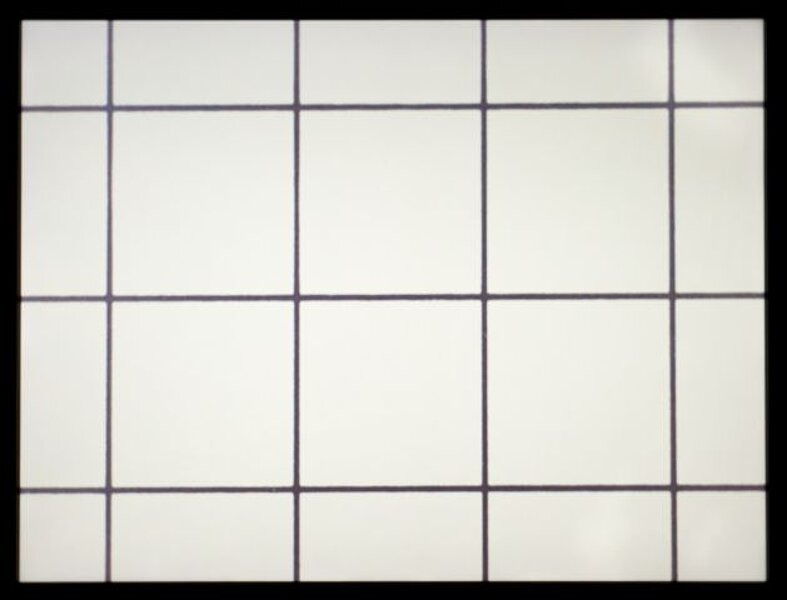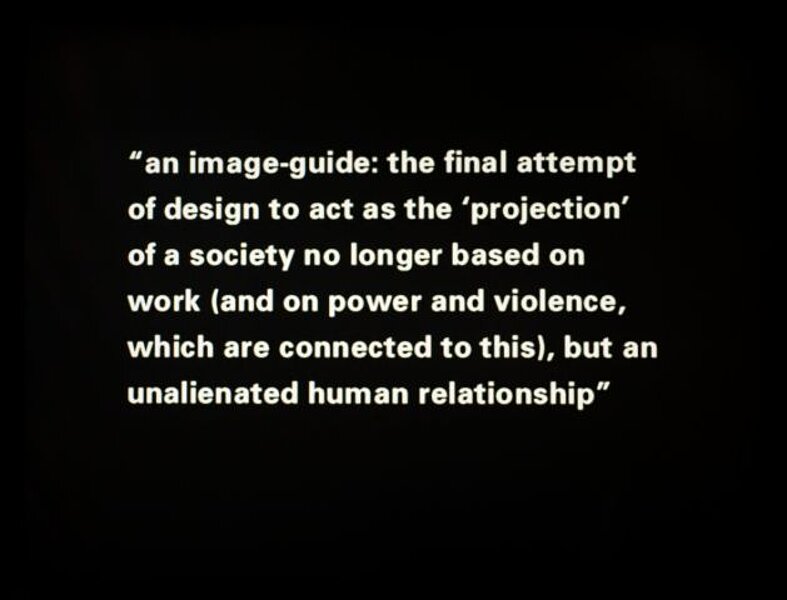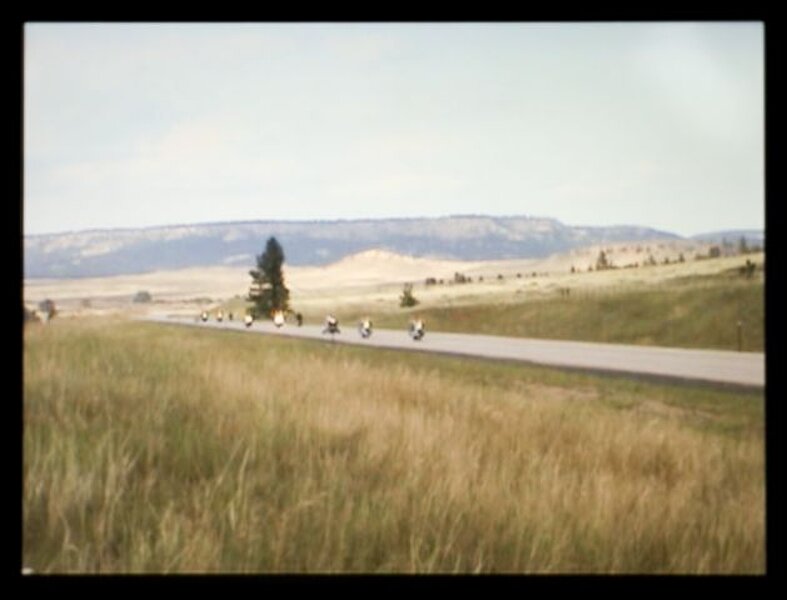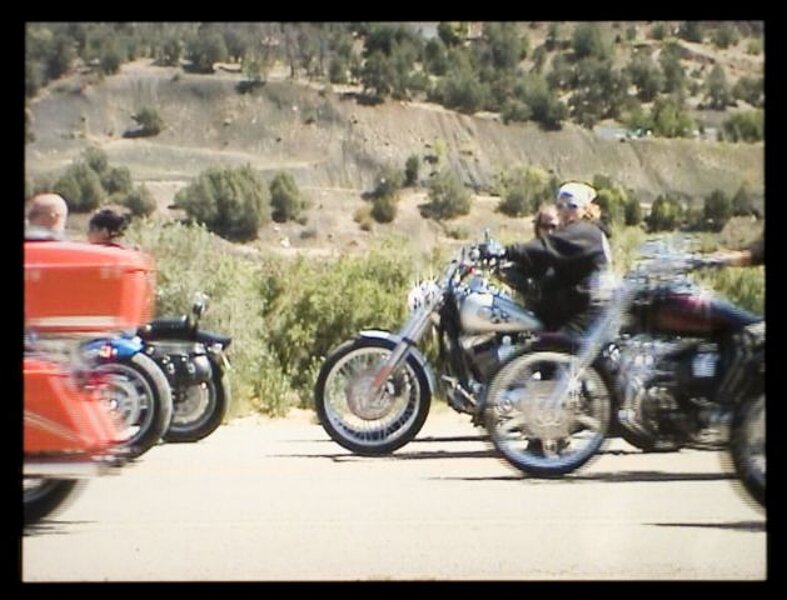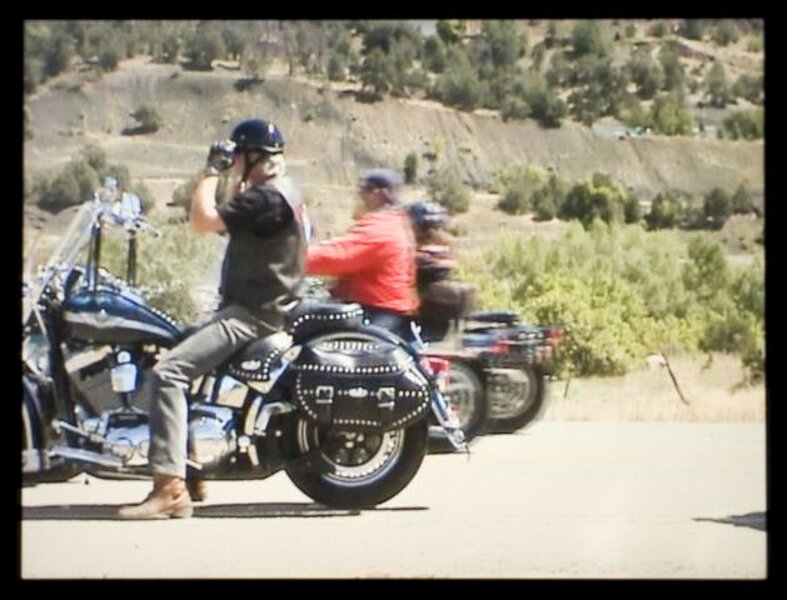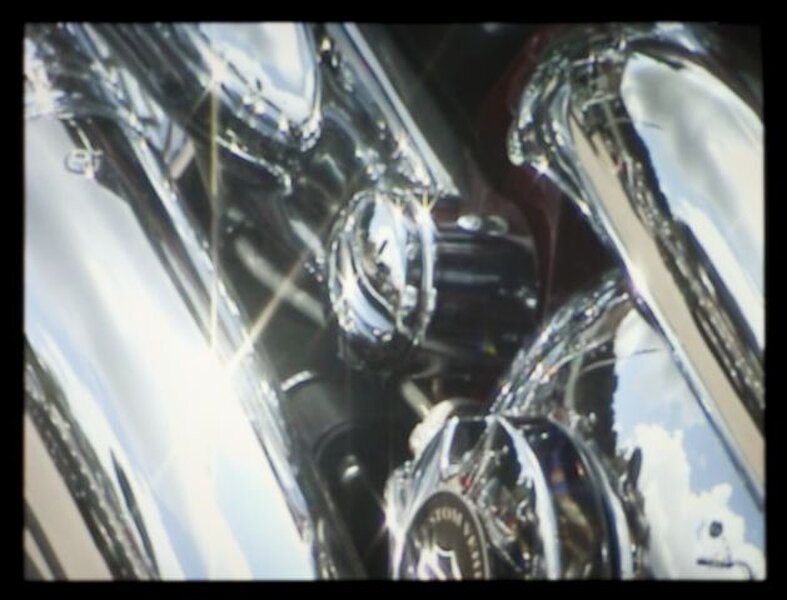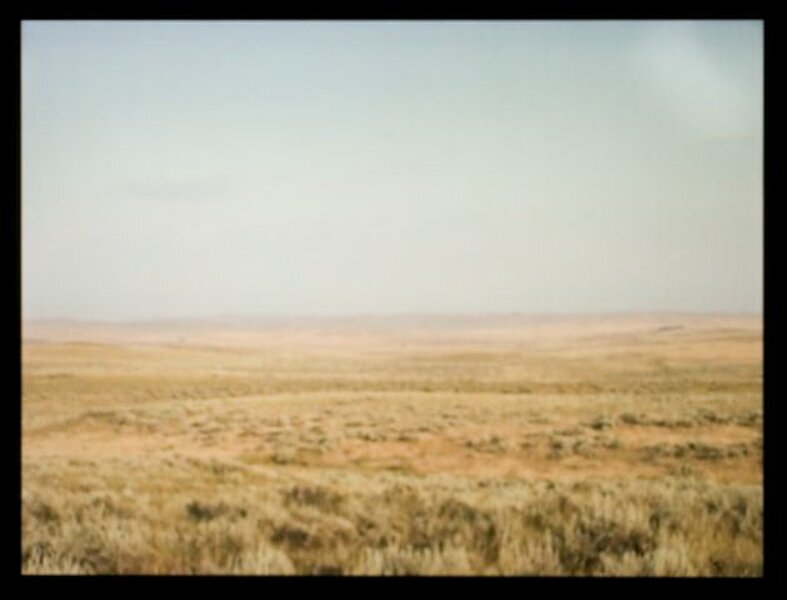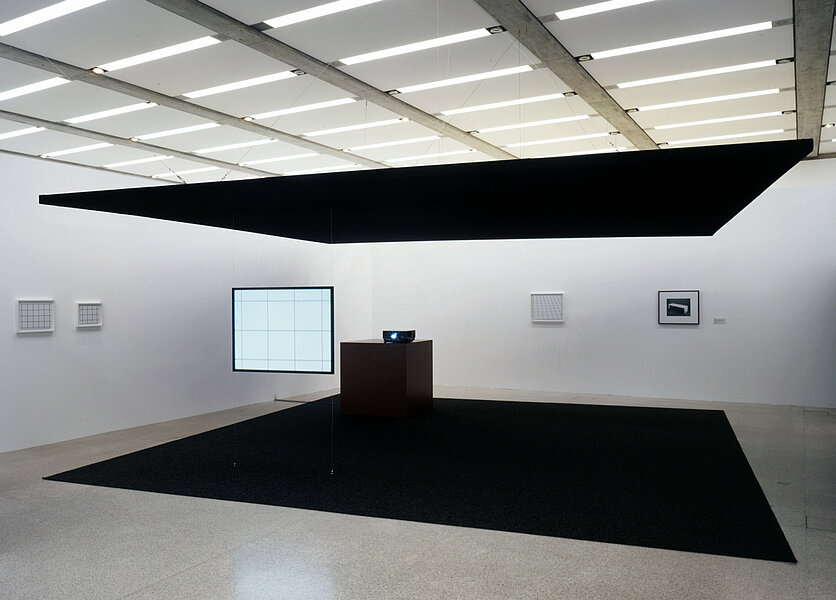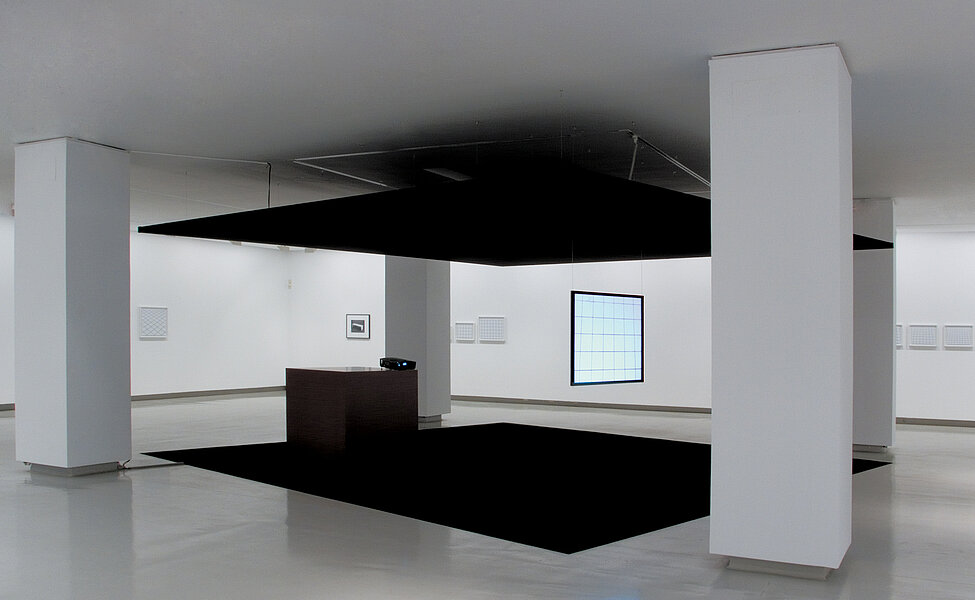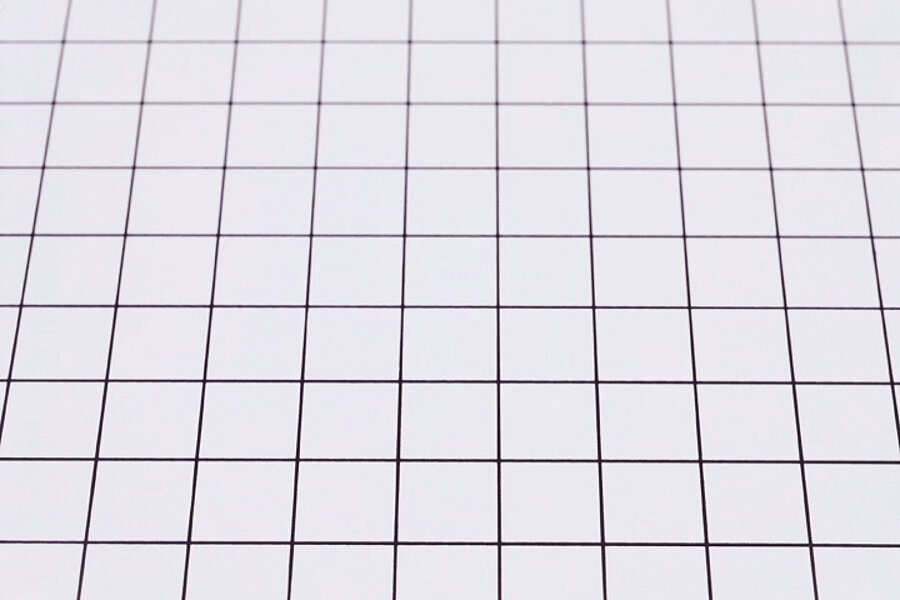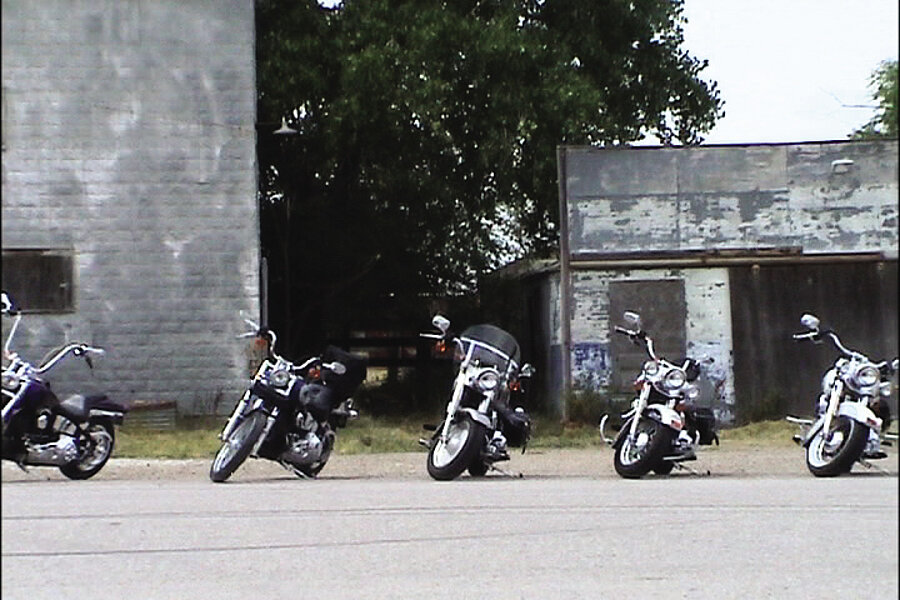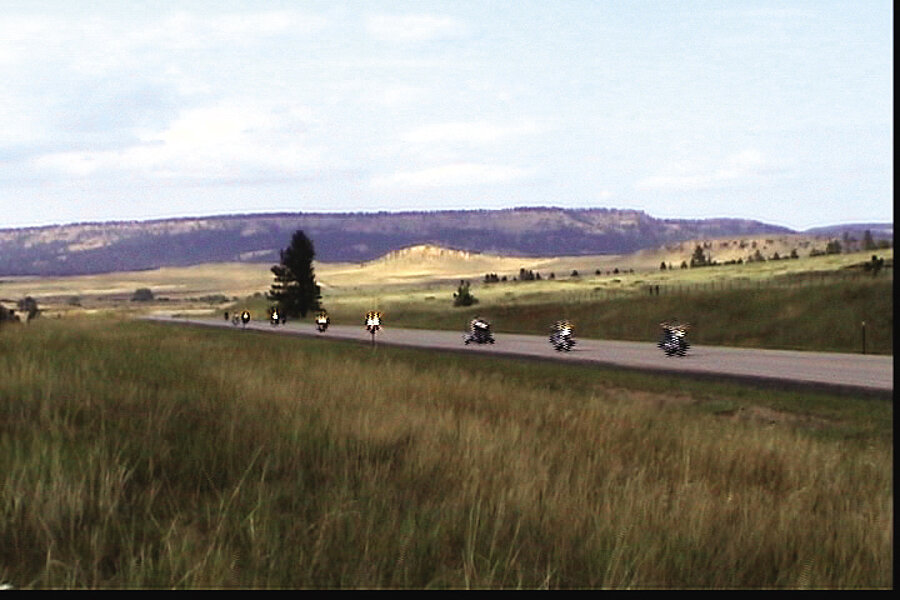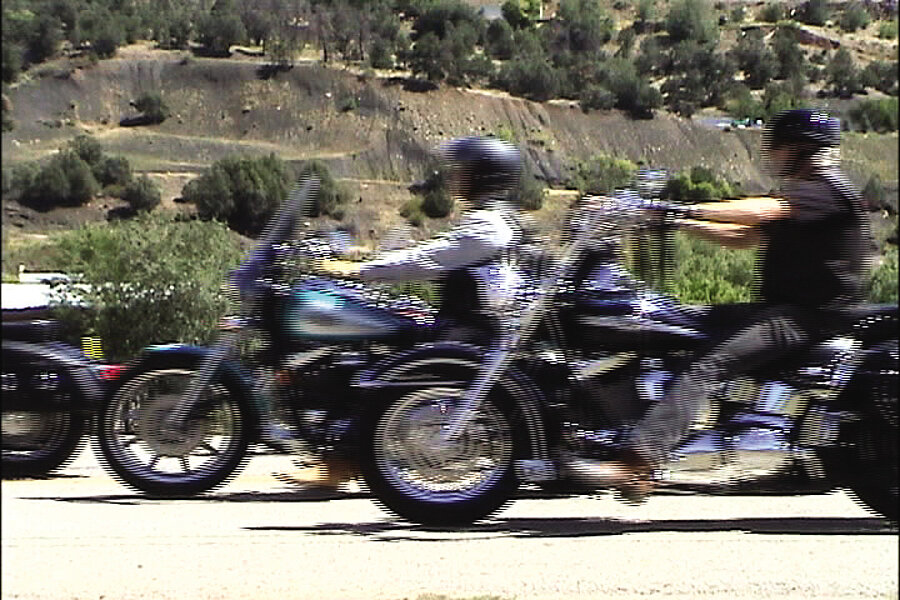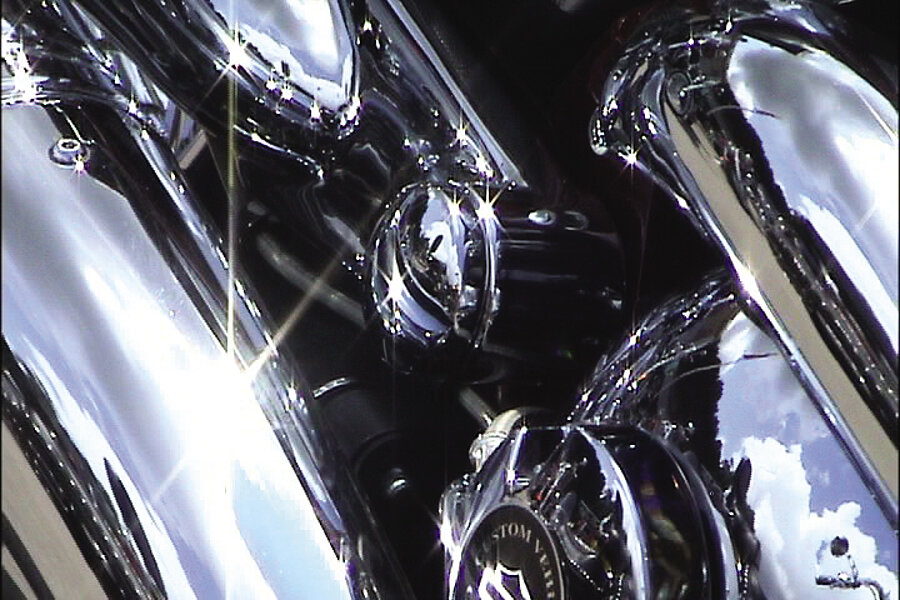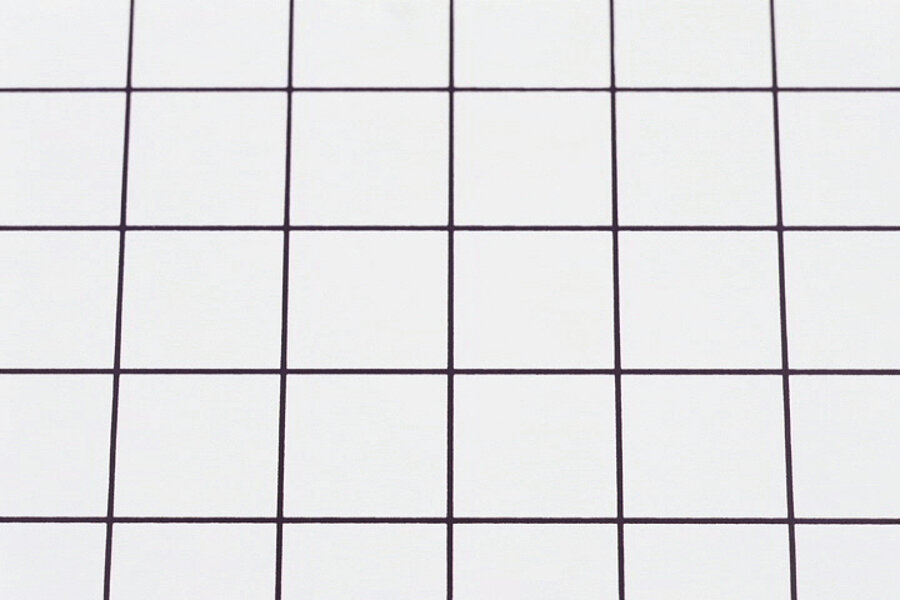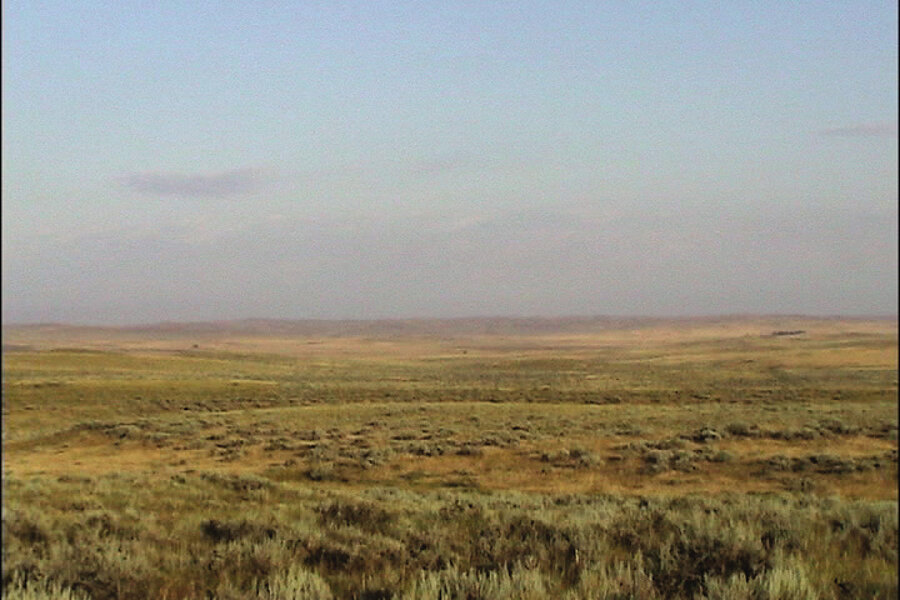
Beck, Martin
"an image guide: the final attempt of design to act as the 'projection' of a society no longer based on work (and on power of violence, which are connected with this), but an unalienanted human relationship"
2004 - 2006
| Object description | Video installation and 13-part photo series |
|---|---|
| Object category | sculpture |
| Year of acquisition | 2005 |
| Inventory number | MAV 15/0 |
| Creditline | mumok - Museum moderner Kunst Stiftung Ludwig Wien, erworben mit Unterstützung von Telekom Austria |
| Rights reference | Beck, Martin |
| Further information about the person | Beck, Martin [ULAN] |
| Literature |
Why picture now/Fotografie, Film, Video, heute ARCHAEOLOGIES OF THE FUTURE |
In his most recent video installation, Martin Beck crosses the radically utopian design and spatial concepts of the Florence architectural group Superstudio with aspects of a countercultural history. Around 1970, Superstudio began to cover landscapes, buildings, and furniture with the same orthogonal gird structure. The intention of the group quoted in the title of Beck’s work was to understand design as the projection of a society no longer determined by labor, and thus power and violence, but one driven primarily by human needs. In this sense, their “Supersurface” can be understood as a model of an egalitarian society freed from the constraining system of capitalism, but also provides a model of totalitarian order and comprehensive control. Beck exponentiates the immanent contradictions within this now historic concept of design and space by on the one hand depicting from various distances and perspectives the always identical laminate surfaces of pieces of Superstudio furniture, at the same time confronting these shots with motifs from American motorcycle culture. While a mobile camera searchingly scans over historical-static Superstudio furniture, static cameras present a vocabulary that — although current — seems historically mediated: rides along lonely highways, shiny motors, parking meters, painted gas tanks, and endless landscapes are in part underlaid with emblematic sound fragments from the 1960s. The alternating video sequence is installed in a quadratic defined projection space, where the grid and a shift of perspective make it seem as if historical and current space move seamlessly into one another. Historical utopias of space and leisure find themselves in a media syntax where Superstudio’s technological model of agency is reflected as a consumer image of a former counterculture, as if it were in a sense its ideal realization.
© mumok – museum moderner kunst stiftung ludwig wien
